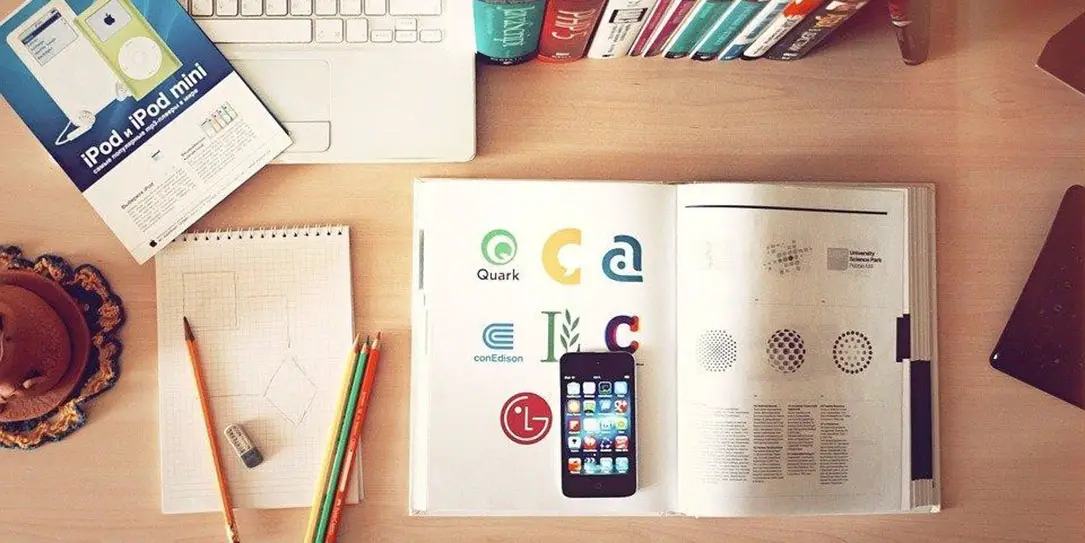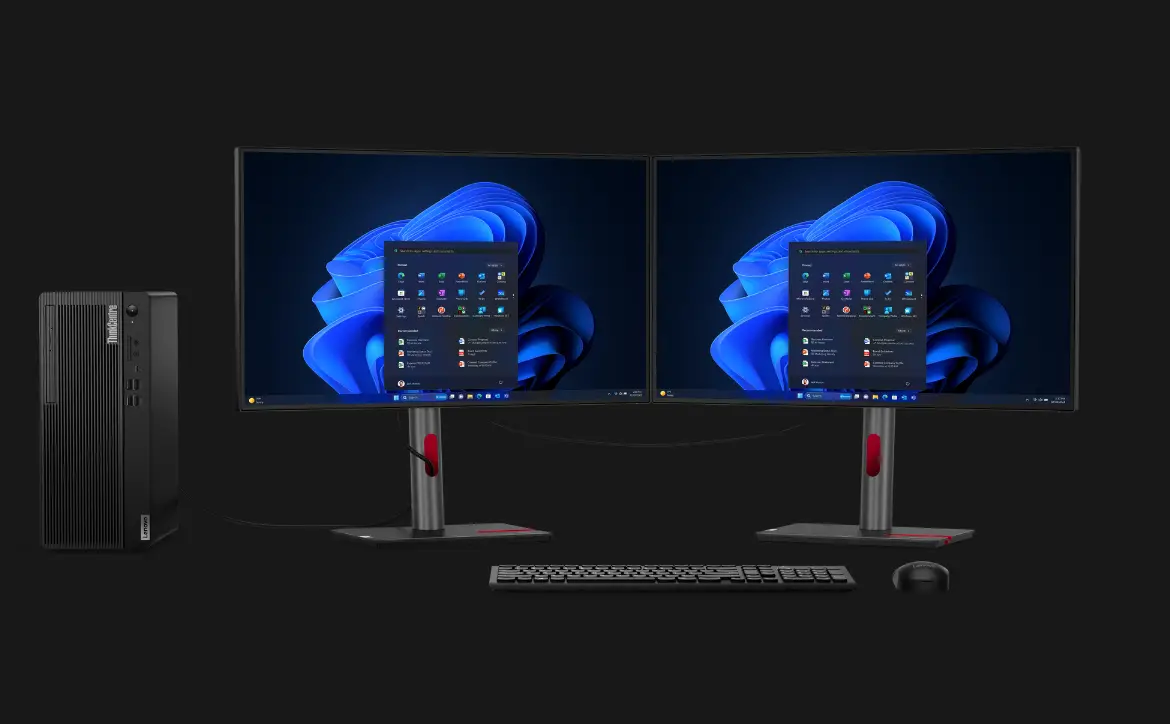*This is a guest post, all thoughts and opinions are those of its authors and do not reflect on Techaeris or its staff.
A restructuration in the educational system is something that we need to do at some point and Gamification would be a great start. How does it work? Gamification is a process that uses game-like elements such as mystery, reward, avatar, competition, and context in order to stimulate student’s motivation in the learning process. With Gamification, everything seems way easier and fun in both the educational and business area. Games have always been an effective and efficient strategy to motivate students to achieve certain educational goals through competition and reward.
A good reason why Gamification would be the best choice of improving the educational system is that video games have always been a safe and entertaining environment, where students can analyze, see the consequences and learn from their own mistakes through direct interaction. Understanding Gamification is no rocket science. The neuroscience behind Gamification is simply fascinating because it makes use of your thirst for excitement and rewarding which automatically pushes you to achieve your goals without too much effort but only pure joy.
Through Grading
We know how the current educational system generates that fear of failure, in other words, you either pass or fail then you have to move on. Compared with the game-like experience, whenever you fail to pass a level, you try as soon as possible from a different angle. Gamification allows teachers to abandon grades for experience points and that means students are way more motivated to increase their skills.
Each student starts at 0xp which increases their urgency to gather more points throughout the day by completing various quizzes and quests, regardless if they choose to work solo or in groups. The gamification method works equally well in every online educational environment and has proven to enhance the attitude towards performance, collaboration, and awareness. Thanks to their efficiency, more online tutors plan to use gamification tools to promote motivation and effectiveness. That means students are more inclined to achieve a level of mastery as they do in games because each test or assignment feels gratifying, rather than demoralizing. Regardless of the working field, the gamer generation is avid to apply the learning -techniques, and cultures they’ve developed from games.
Awarding through Badges
This might sound silly for many of us, but awarding students through badges works unexpectedly well for many academies. This is one of the most effective methods of gamification, focusing on tracking student’s development and awarding them based on the efforts and skills they’ve acquired. Gamification is what encourages students to appreciate their efforts through a gratification that stimulates positive competition among them. In other words, the Gamification process works unexpectedly well in both educational and corporate environments. The alluring methods of Gamification completely reform the training and learning process that usually requires plenty of time and patience.

Consolidate Your Curriculum with Educational Video Games
Because lack of motivation was a big problem during in-class lectures, games of any kind have encouraged students to maximize their skills in order to achieve a reward. Games have helped students to develop a strong sense of awareness while being able to control every choice they make, which means the more sense of control students have, the better they do.
For instance, Mr. Pai, a 3rd-grade teacher on his quest of making learning a bit more entertaining. He reconsidered the traditional classroom setting by suggesting the Nintendo DS, together with other technologies in his daily curriculum. Certainly, videogames had an amazing influence on students’ development, many of them have practiced their target language, math, and other skills through the use of the computer. In just a couple of weeks, Mr. Pai’s class went from the 3rd-grade level to middle 4th level.
Encourage Competition
Gamification allows students to compete most entertainingly while developing spectacular skills. These immersive experiences help students to practice their skills bot in groups or alone. Because the younger generation is increasingly more competitive, the video game dynamics recreated in the educational system is guaranteed to boost their engagement in various subjects. Using instant feedback and way more attractive ways to enrich their skills, students feel more in control of their decisions. For many, gamification feels like they’re playing the favorite character in a game. Moreover, Gamification has become unexpectedly effective in the last few years helping students develop retention and motivation. Its dynamic concepts offer students the much-needed freedom to fail. That means that rather than concentrating on the unchangeable final grade, they’re more encouraged to take risks and experiment through the concept of multiple “chances” or “lives” or allowing them to start from the last checkpoint. This is maybe the best part of the Gamification method because students are not afraid to fail anymore. They’re given the chance to make their own decisions and experience the consequences. There is no doubt that in recent years, gamification has become the most effective tool in the educational system. Mostly based on user behavior, this method uses game elements to gather and make use of engagement, motivation, and performance.
Often being stated that Gamification may be a winning approach in motivating people, its empirical validation still requires experimentation. But given the early abundant results, gamification might actually be a strong solution in the educational system. Not only the students but people from all walks of life have suggested that video-games have an amazing impact on our development. Because everyone at some point has its own way of developing skills, Gamification tries to fit everyone’s needs and styles. Using an enjoyable experience, competition, and rewards, gamification should take its place in every educational system and business field. Because education is the only way to improve people’s lifestyles and views of the world, some important changes in the educational system must be sustained. Moreover, Gamification can bring people unexpected benefits in any other field, not only in education. Lastly, Gamification in education can be advantageous, however, like every technological advancement, it requires precautions.
Last Updated on February 3, 2021.










